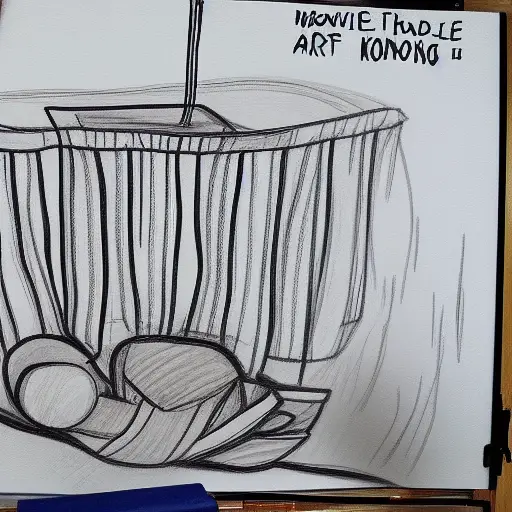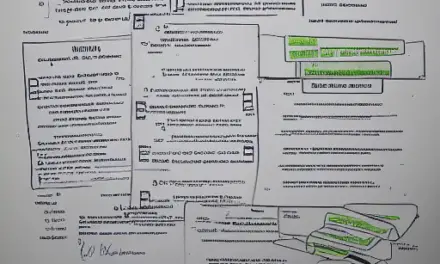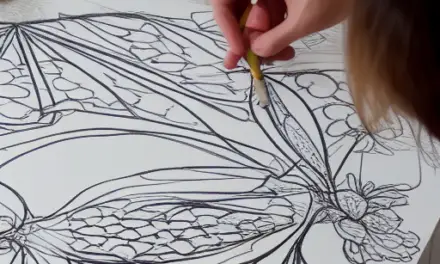Marie Kondo has become famous for her decluttering techniques, but her tips also apply to moving. This is the perfect time to apply the mindset she advocates for simplifying life. Here are some of her moving tips: Sort your belongings by category. Don’t be sentimental about items; Use shoe boxes as organizing tools.
Sorting through belongings in order of category
Marie Kondo’s moving tips include sorting through your belongings in categories to help you decide what to keep and what to get rid of. The idea is to keep what sparks joy and discard the rest. It is important to remember that this process is personal, and that you should always try to keep things you love.
Organizing your belongings by category is one of the most important steps in the KonMari Method. The method recommends that you start by sorting through your belongings in order of category, starting with sentimental items. This will help you determine which items are sentimental and which are not.
If you decide to use the Marie Kondo method, it is important to consider whether you really need each item. It is important to sort through your books, paperwork, and other belongings and decide whether they spark joy. This is a time for introspection and forward-looking.
Avoiding sentimentality
One of the most crucial lessons of Marie Kondo’s method is to avoid sentimentality when moving. While you may want to hang on to your favorite t-shirt or tea set, it can be difficult to detach yourself from the memories attached to these items. Fortunately, the KonMari method has some suggestions to help you do just that.
The Japanese organizer Marie Kondo follows the same procedure when she organizes a home. She calls this process the KonMari method, and it involves sorting items according to category. For instance, clothes go first, followed by books, papers, and komono, and finally, sentimental items.
Folding
Following Marie Kondo’s tips for moving will make the process less stressful. You’ll have less to pack and unpack and you’ll save space. She teaches you to fold your clothes in the “Origami” fashion, which means they’ll stay in great shape without taking up a lot of space. This will also help you stack and retrieve your clothes quickly and easily. Marie Kondo also recommends making a checklist before you move.
First, you should start by tidying the area. It helps to decide which items bring you joy and which items you can discard. It’s also helpful to visualize the new space so you can make decisions about what to keep and what to donate. You can also consider using the “KonMari” method for packing and unpacking.
Once you’ve categorized your belongings, you should begin packing. If you have furniture and other large objects, you should place them in the back of the moving van. You can use shipping boxes as boxes for small items. For larger items, use luggage and bags. This will help you carry items and will make packing easier.
Using shoeboxes as organizing tools
Shoeboxes are an amazing way to organize your belongings. They are also a great way to keep small items such as buttons and zippers from migrating. They can also be useful for storing items like loose tea bags, Hershey’s Kiss, and stock cubes. If you have a few pairs of shoes, consider purchasing a multipack of shoeboxes to keep them together during the move.
You can even make a storage box out of a shoebox. With a sturdy shoebox, you can make a shelf for your sock drawer or other area. You can also use a shoebox as a wall shelf to display lightweight objects, such as candles, flowers, or other decorations. All you need is a few shoeboxes, decorative paper, and two screws to create the shelving.
Plastic shoeboxes can be used to store a variety of items, from hair accessories in the bathroom to snacks in the pantry. You can also use a plastic shoe box to store items that are not easily stored in other containers. Free office supply and liquor store boxes are an excellent source for storage.
In addition to organizing your shoes, you can also use a shoebox to organize your seasonal items. You can create a custom-made label for the box by painting it with chalkboard paint. This way, you’ll know exactly what is in it and what doesn’t.













